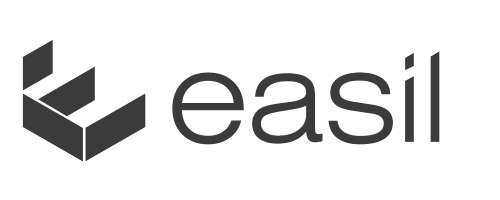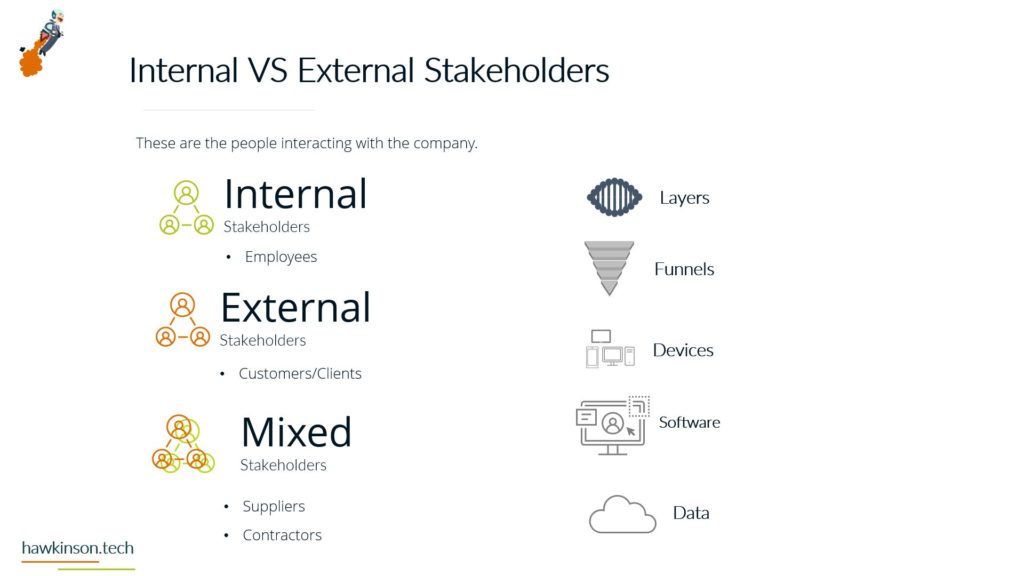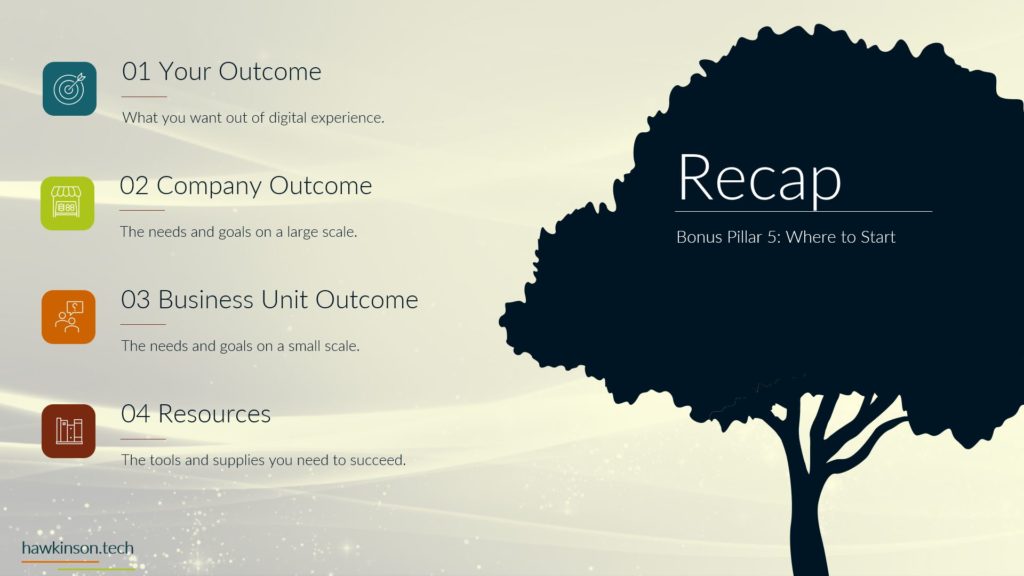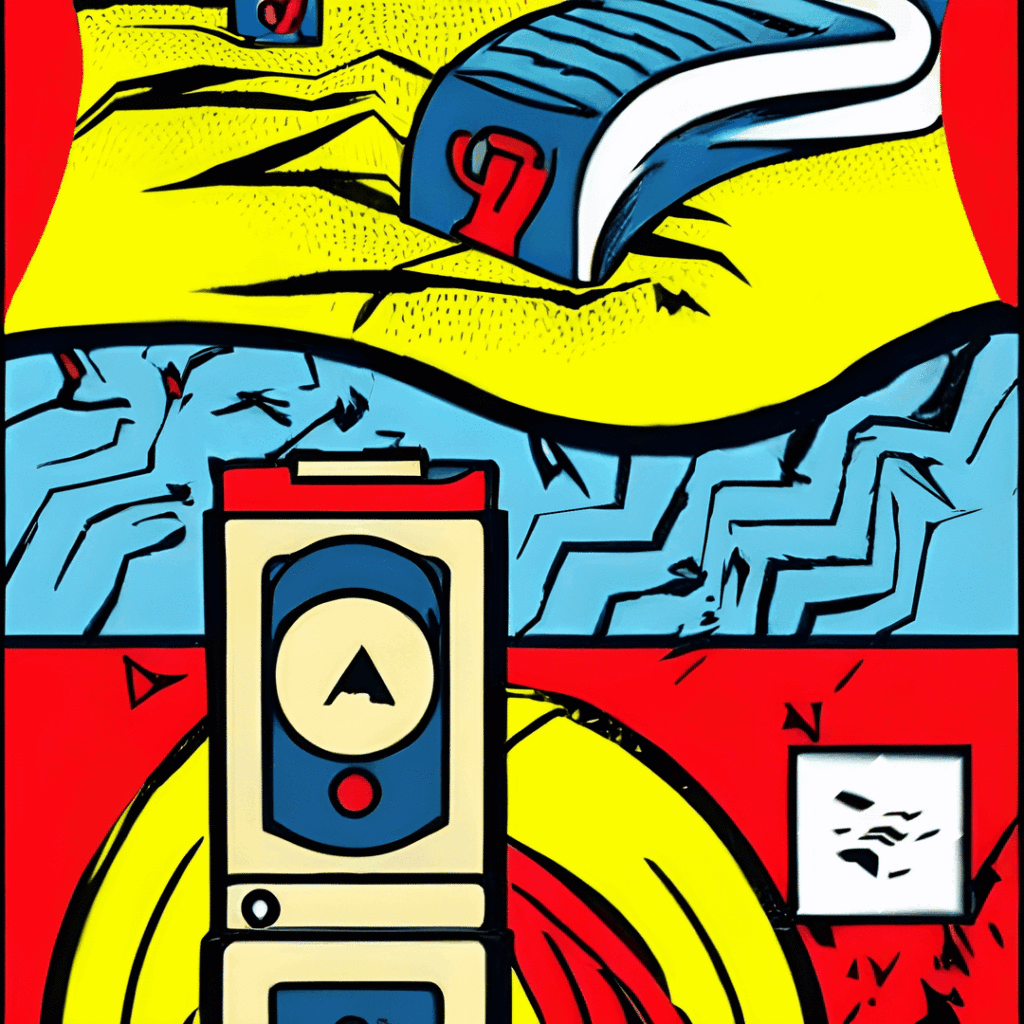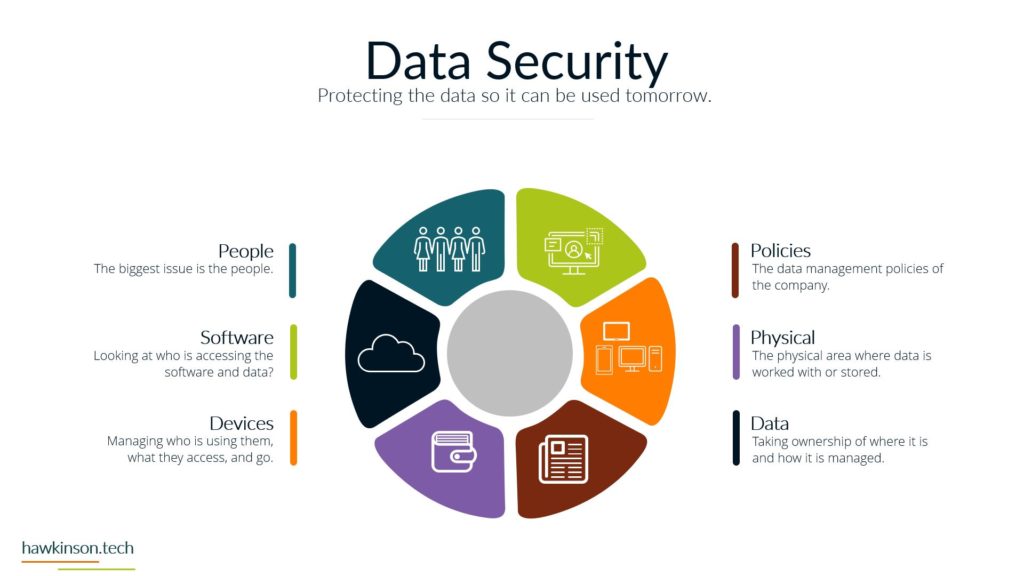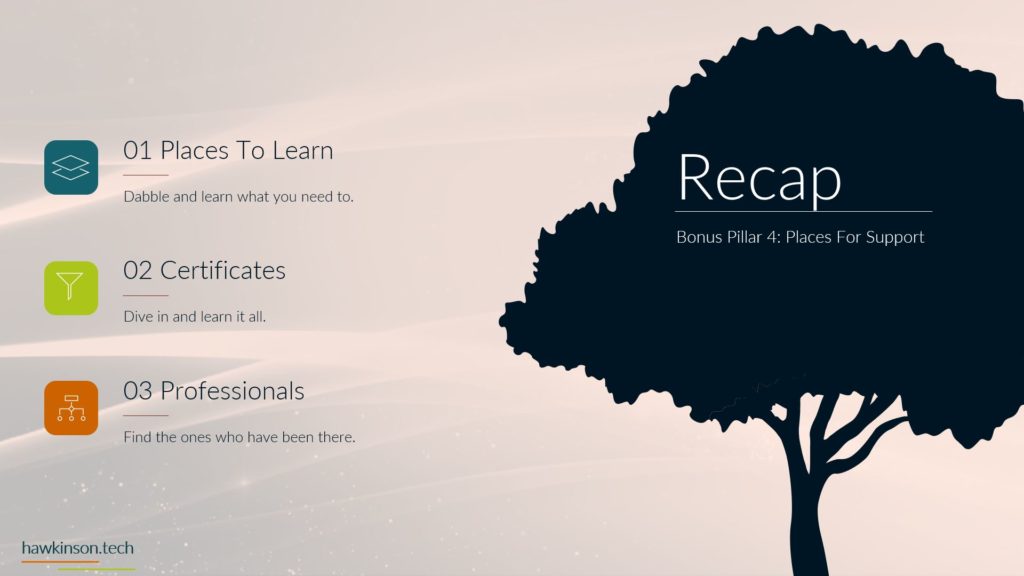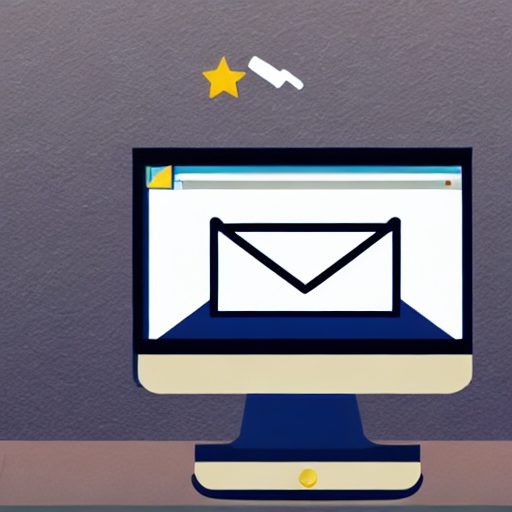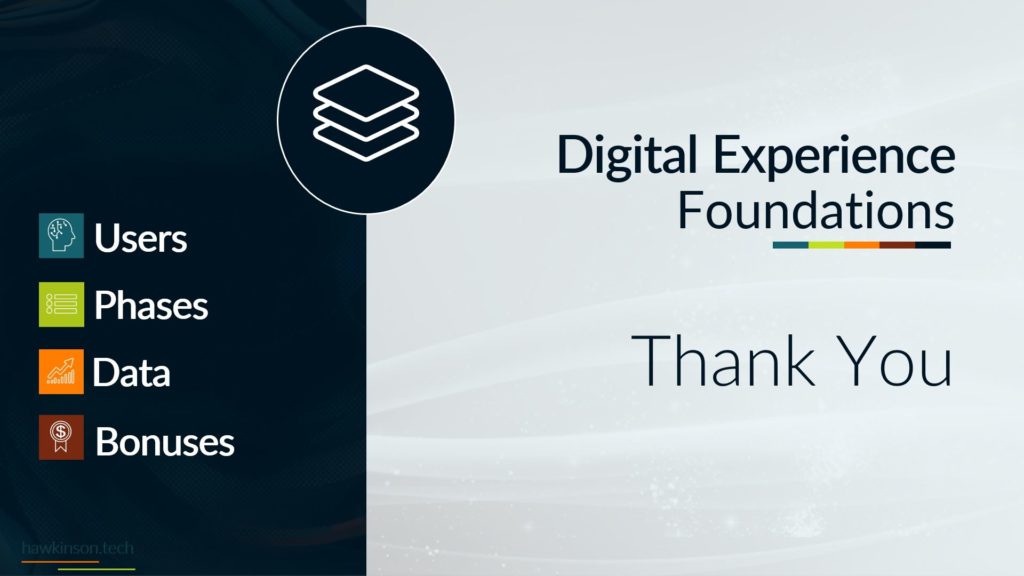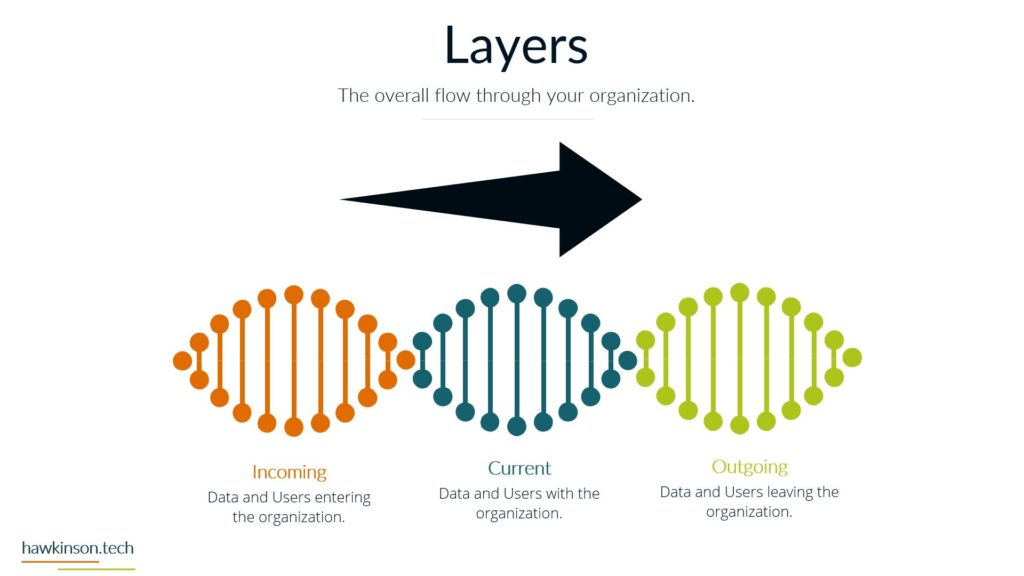Easil is an online graphic design tool that helps users create professional-quality visual content, including social media posts, blog graphics, marketing materials, and more. The platform is designed to be user-friendly and accessible to individuals and teams with various design skill levels, offering a variety of pre-designed templates and customizable design elements.
Easil includes features such as drag-and-drop editing, a library of free and premium design assets, brand management tools, collaboration capabilities, and more. The platform is primarily subscription-based, with multiple pricing plans available depending on the user’s needs.
Its three core features include:
Key Features
- Drag-and-Drop Editor: Easil’s drag-and-drop editor makes it easy to create stunning designs without any design experience. Users can select from pre-designed templates, add text, shapes, icons, and images, and customize them to their needs. The editor is user-friendly and has an intuitive interface, which allows users to create designs quickly.
- Brand Management: Easil’s brand management feature allows users to create, manage and store their brand assets in one place. This includes logos, fonts, color schemes, and templates. With brand management, users can ensure their designs are always on-brand, consistent, and professional.
- Collaboration: Easil’s collaboration feature enables teams to work together on projects in real-time. Users can invite team members to collaborate on designs, assign roles and permissions, provide feedback, and approve designs. Collaboration helps teams work more efficiently, save time, and produce better-quality designs.
Other features to keep in mind include the following:
- Brand Kit: Create and store your brand assets, including logos, fonts, and color palettes, in one central location.
- Image Editor: Access a range of editing tools, including filters, cropping, resizing, and color adjustments, to fine-tune your images.
- Template Library: Choose from a wide range of templates for social media graphics, presentations, print materials, and more, or create your own.
- Stock Image Library: Access a library of over 1 million royalty-free images to use in your designs.
- Design Collaboration: Work collaboratively with your team, clients, or collaborators on design projects.
- Customizable Templates: Customize any template to match your brand by changing colors, fonts, and images.
- Animated Designs: Create animated graphics and GIFs to make your content stand out.
- Print Design: Design and export print-ready materials such as business cards, flyers, and brochures.
- Social Media Scheduling: Schedule your social media posts directly from Easil.
Analytics: Track the performance of your designs and campaigns with analytics and insights.
